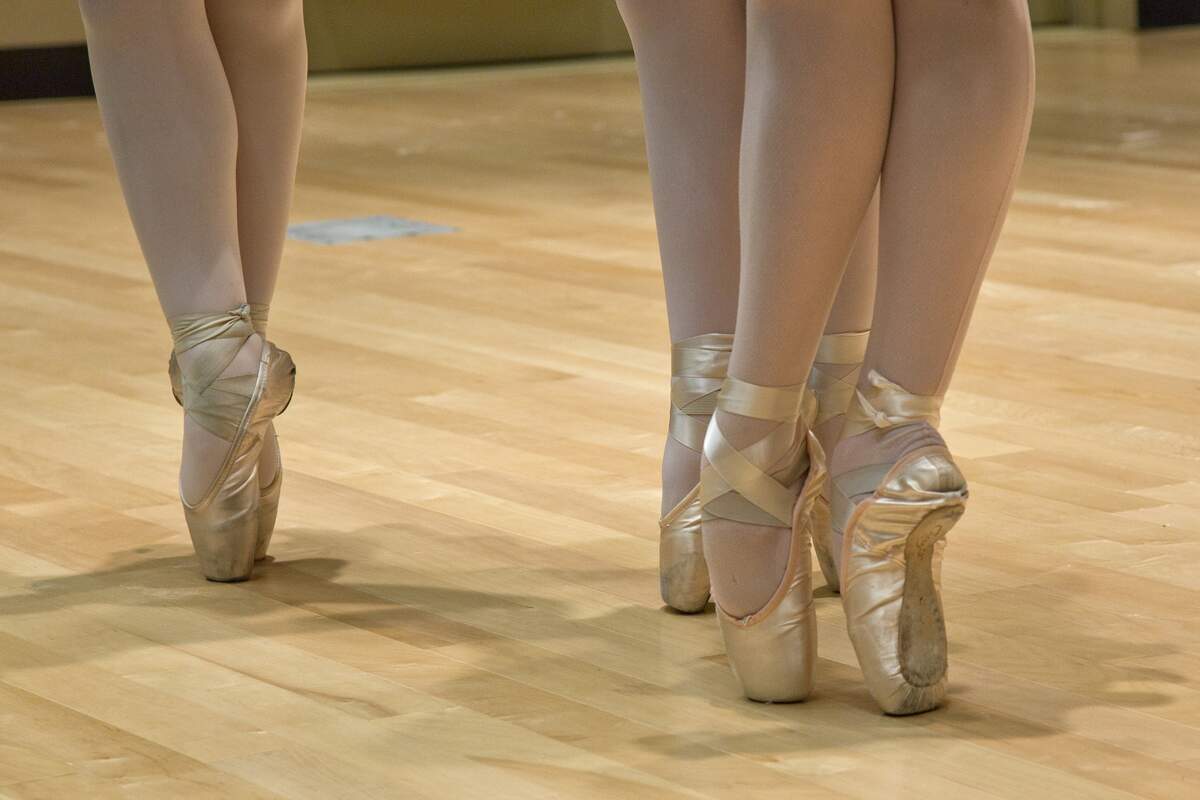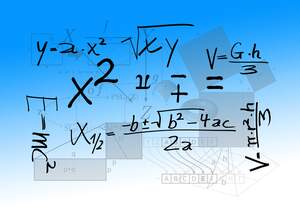

Ballet Day
Also known as
National Ballet Day
Observed
annually on February 7th
Dates
Hashtags
Sources
http://www.holidays-and-observances.com/february-7.html
https://news.yahoo.com/full-list-february-holidays-observances-225829017.html
https://webplus.info/index.php?page=340&event=203093
https://www.britannica.com/art/ballet
https://www.pbt.org/learn-and-engage/resources-audience-members/ballet-101/brief-history-ballet/
Ballet, a theatrical dance that combines formal dance with other artistic elements like music, costumes, and stage scenery, is celebrated and enjoyed today on Ballet Day. Ballet originated in the fifteenth century in Italian Renaissance courts. Dancing and music were part of celebrations—particularly weddings—that were attended by noblemen and women. Dancing masters taught the dance steps to nobility, and the court took part in the performances. The focal point of ballet then moved to France. In the sixteenth century, Catherine de Medici, an Italian noblewoman and wife of France's King Henry II, started funding ballet in the French court. She organized festivals, which helped ballet de cour (court ballets) thrive. Ballet de cour had dance, music, costumes, decor, music, and poetry. They continued into the seventeenth century and reached their apogee at the time of King Louis XIV.
In the mid-seventeenth century, King Louis XIV helped popularize and standardize ballet and move it into the realm of an activity with professional training. In 1661, he established a dance academy, Académie Royale de Danse, in Paris, and in 1669 he opened the Académie Royale de Musique. The latter was created to present opera, which at the time was considered an art form that needed dance with it. The Academie even became known as the Opéra—with a big "O." Important opéra-ballets are André Campra’s L’Europe galante (Gallant Europe) from 1697, and Jean-Philippe Rameau’s Les Indes galantes (The Gallant Indies) from 1735.
Early ballet dancers of accomplishment were almost all men, with the first accomplished female dancer, La Fontaine, first taking the stage in 1681. Important male dancers of the era were Jean Balon and Michel Blondy. Women gained a greater foothold in ballet after the arrival of Marie Sallé and Marie-Anne Camargo in the 1720s. Gaétan Vestris, a male dancer, at his height during the mid-to-late eighteenth century, is regarded as one of the most important ballet dancers of all time.
In the mid-1700s, Jean Georges Noverre envisioned ballet as its own art form, untethered from opera. His vision, ballet d'action, was a narrative and dramatic style of ballet, and he became famous throughout Europe, with Médée et Jason becoming his most revered work. From 1787 to 1827, French ballet, centered in Paris, was dominated by Pierre Gardel. Other European cities where ballet was prominent at the time were Vienna, Naples, and Milan.
In the first half of the nineteenth century, during the Romantic movement, classical ballets like Giselle and La Sylphide were created. The Romantic movement influenced ballet and other art forms, like music. Ballets from the era, called romantic ballets, often focused on supernatural worlds of spirits and magic and portrayed women as passive and fragile. Pointe work, the dancing on tips of toes, was common, and the calf-length romantic tutu was introduced. Classical ballet was particularly popular in Russia at the time, and this continued in the second half of the century, exemplified by ballets like The Nutcracker, The Sleeping Beauty, and Swan Lake. Classical technique was on full display with these ballets, including pointe work, high extensions, the turn-out, and precision of movement.
In the early twentieth century, Russian choreographers Sergei Diaghilev and Michel Fokine pushed beyond classical ballet, experimenting with costume and movement. This is exemplified in Diaghilev's collaboration with Igor Stravinsky in The Rite of Spring. Following World War II, during the Cold War, ballet in the West and the Soviet Union diverged. The West had more abstract and experimental ballet and was about expressing individual freedom. Ballet in the Soviet Union was reflective of politics, sodden in propaganda and ideology. Ironically, one of the most important figures in ballet in the West at the time was Russian-born George Balanchine, who founded the New York City Ballet and introduced neo-classical ballet. He is also known for being the most important figure in plotless ballet, a style of ballet without a storyline.
Ballet is all-encompassing in the twenty-first century, with classical forms, contemporary innovations in choreography, and traditional stories all playing a role. In Europe, governments generally fund ballet. For example, the Royal Ballet in London, a subsidiary of the Royal Opera House, receives grants from the Arts Council England. Other European companies also receive subsidies: more than 80 opera companies are subsidized in Germany, and the Paris Opéra and the Paris Opéra Ballet are subsidized by the French government. In contrast, ballet companies in the United States generally rely on private funding, often from wealthy donors, with ticket sales providing only a fraction of the required funds, the New York City Ballet and American Ballet Theatre being two examples.
Although sometimes perceived as an activity for elites, ballet is often part of middle-class life in the United States and Canada. Tchaikovsky's The Nutcracker is an annual holiday event in many communities. Other traditional ballets of the nineteenth century draw large audiences, much more so than performances of contemporary ballets do. To draw in viewers to the new ballets, companies may do one of two things: present old, traditional works with new choreographies, or present new works between bills that have traditional works before and after them. Ballet's long history and the current prominence of classical forms, new choreographic innovations, and timeless stories ensure that the art form will continue to leave its mark on the cultural landscape for years to come and give it all the more reason to be celebrated today with Ballet Day.
How to Observe Ballet Day
- Go to the ballet. You could view a performance by the American Ballet Theatre, the New York City Ballet, or another ballet company.
- Take ballet classes.
- Learn basic ballet positions and ballet vocabulary.
- Learn about some of the best ballet dancers of the twentieth century.
- Watch a movie that focuses on ballet.
- Read a book about ballet such as Apollo's Angels: A History of Ballet or Ballet & Modern Dance: A Concise History.





















